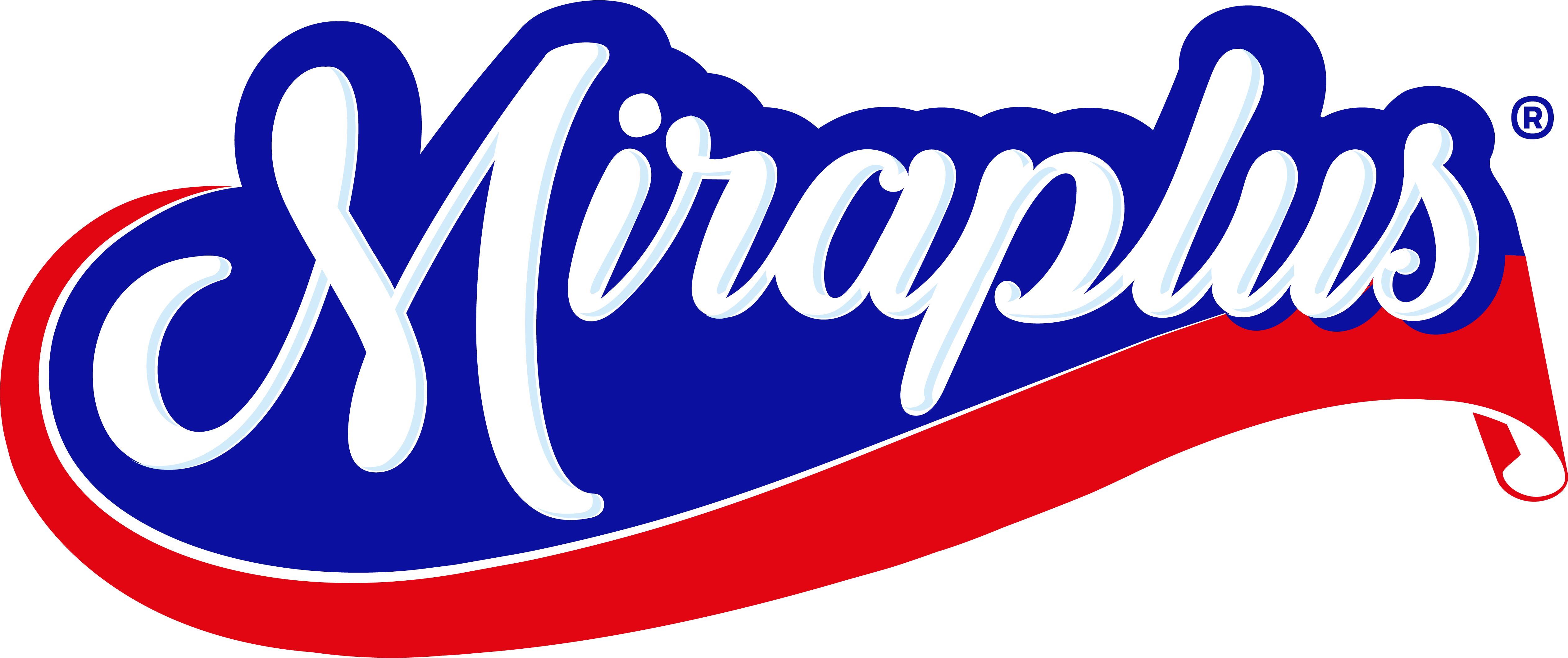bIn the culinary world, baking paper and parchment paper are often confused. However, they have major differences that affect how they’re used. Discover their unique characteristics and learn how to choose the one that best suits your needs, whether you’re a professional or a home cook.
What is baking paper?
Composition
Baking paper is made from cellulose fibers coated with a thin layer of silicone. This coating gives it non-stick properties and high heat resistance, up to 220°C (428°F).
Uses of baking paper
Baking paper is ideal for:
- Baking pastries (cookies, cakes).
- Cooking en papillote (fish, vegetables).
- Roasting (meat, poultry).
Advantages of baking paper
- Resistant to high temperatures.
- Non-stick, reducing the need for added fats.
- Reduces food waste thanks to easy release and unmolding.
What is parchment paper?
Composition
Parchment paper is treated with sulfuric acid, which makes it resistant to moisture and heat. Unlike baking paper, it does not have a silicone coating but remains naturally non-stick.
Common uses of parchment paper in cooking
It is used for preparations such as:
- Delicate pastries (meringues, macarons).
- Baking tarts and pizzas.
Limitations of parchment paper
- Resistant only to moderate temperatures (up to 200°C or 392°F).
- May yellow or burn at higher temperatures.
Baking paper vs. parchment paper : The key differences
Difference in composition
Baking paper is coated with silicone, while parchment paper is chemically treated to achieve its properties.
Difference in usage
Baking paper is more versatile, perfect for long or high-temperature cooking. Parchment paper is better suited for specific, delicate preparations.
Difference in heat resistance
Baking paper withstands up to 220°C (428°F) without degrading, unlike parchment paper, which can burn at temperatures over 200°C (392°F).
Environmental impact
Reusable baking paper can be a more eco-friendly alternative compared to disposable parchment paper.
How to Choose between baking paper and parchment paper?
For professionals
Chefs and pastry chefs prefer baking paper for its durability and versatility, especially in professional kitchens.
For home Cooks
Home cooks can use parchment paper for simple preparations, but baking paper is recommended for dishes that require long or intense cooking.
Why choose MiraPlus baking paper?
The advantages of MiraPlus baking paper
MiraPlus baking paper is designed to meet the needs of both home cooks and professionals, thanks to its durability, non-stick properties, and ease of use.
MiraPlus’ environmental commitment
MiraPlus is committed to offering eco-friendly products made from high-quality cellulose fibers.
Frequently asked questions about baking paper and parchment paper
Can baking paper be used instead of parchment paper?
Yes, baking paper is an ideal alternative due to its versatility and higher resistance to heat.
Is parchment paper reusable?
No, parchment paper is not designed to be reused, unlike some reusable baking papers.
What types of cooking absolutely require baking paper?
Long cooking times, en papillote preparations, and recipes that need a perfectly non-stick surface are typical examples.
Conclusion
Choosing between baking paper and parchment paper depends on your specific needs in the kitchen. For optimal versatility and resistance, baking paper is the best option. With MiraPlus products, you are guaranteed professional-quality results for all your culinary creations.
Discover our range of baking papers today and make your cooking easier !

